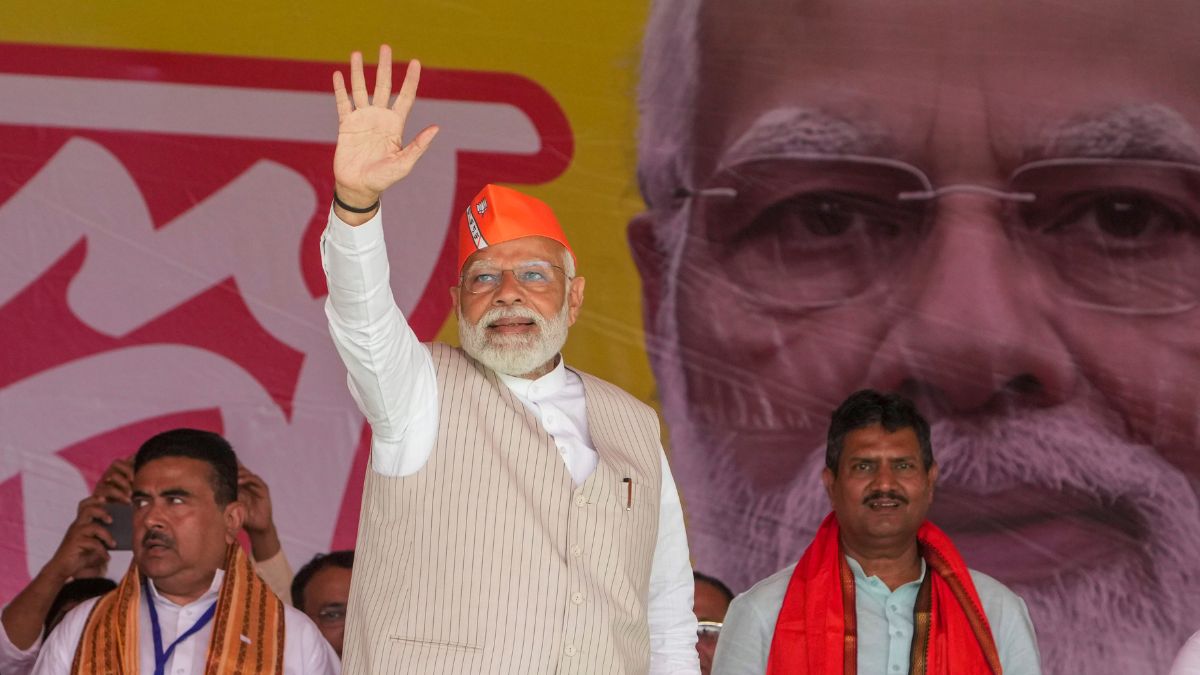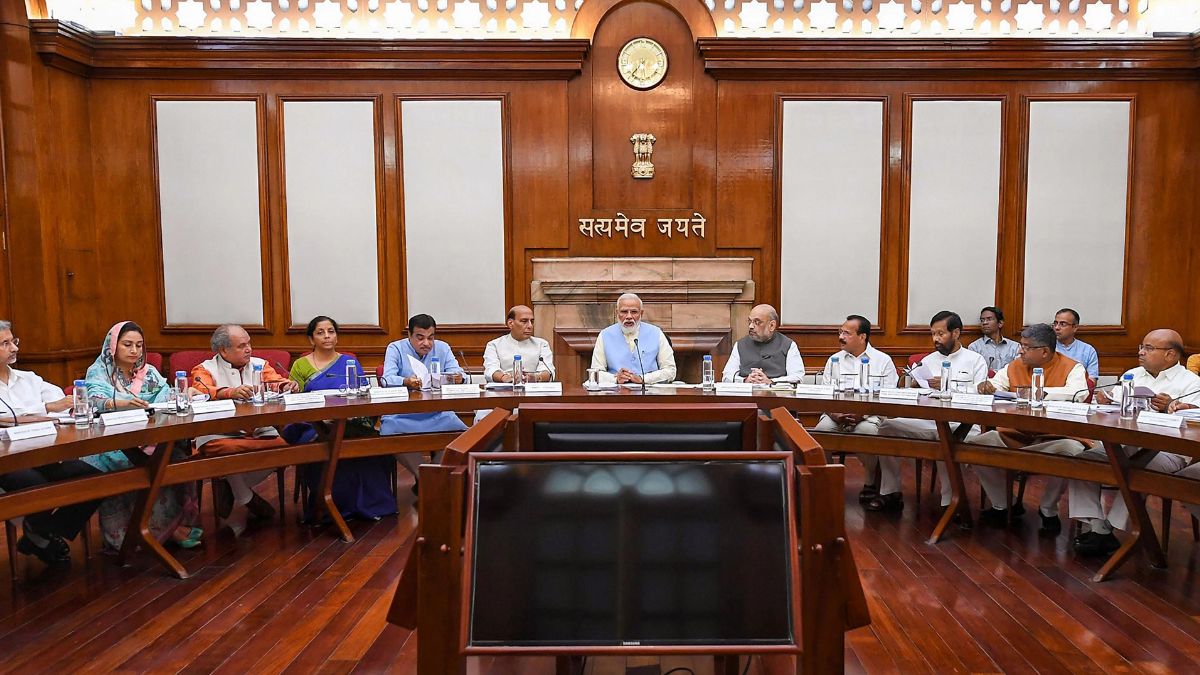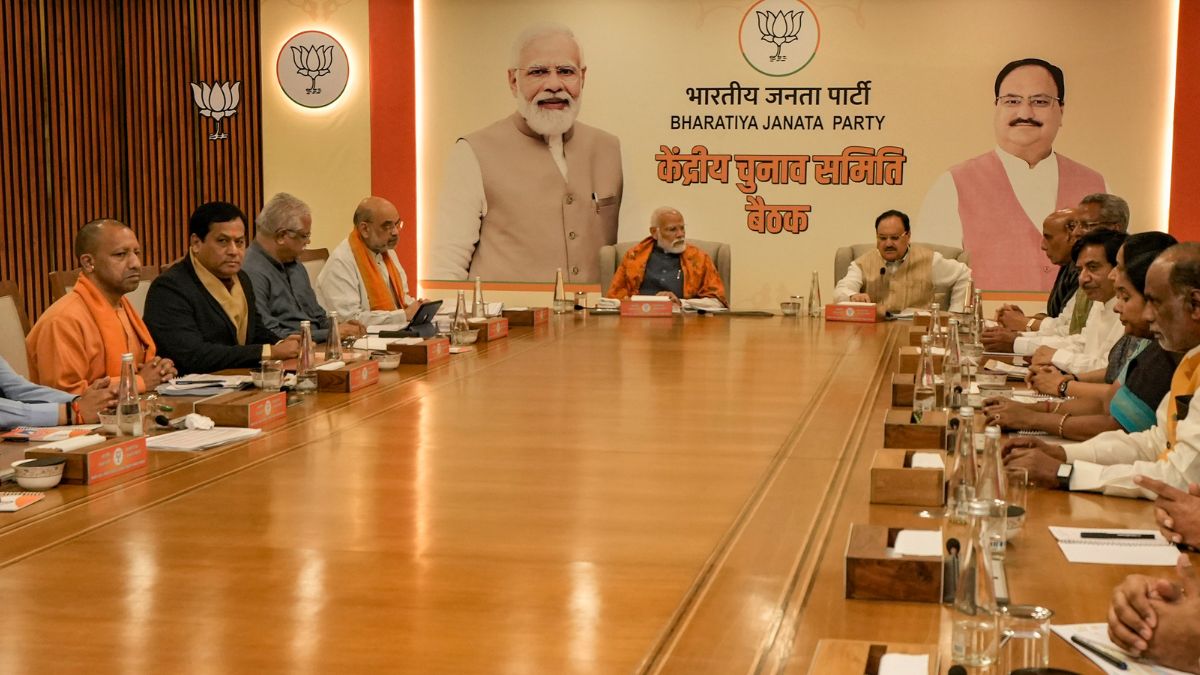The exit poll results for Madhya Pradesh, Rajasthan, Chhattisgarh and Delhi are more or less on expected lines, with the BJP clearly ahead in the first two, marginally ahead in the third, and probably likely to fall short in the fourth – Delhi.
Of the four results, the only one that really matters is that of Delhi, where it is clear that the Congress is out, but the Aam Aadmi Party (AAP) has put up a terrific enough show to possibly rob the BJP of a clear victory. We are probably heading for a hung assembly, and this is Arvind Kejriwal’s crowning glory. The BJP’s last-minute decision to dump Vijay Goel and choose Harsh Vardhan as its chief ministerial candidate may have come too little, too late.
The Delhi vote is important because it is an urban vote – a constituency that is most enamoured of Narendra Modi. And as we predicted, the middle class is making a difference.
Delhi is important also because it is a state where the Congress faced a double anti-incumbency – one against the central government and the other than the Sheila Dikshit government. But the irony is that one anti-incumbency vote went to the AAP and the other to the BJP. This is why we may well have a hung assembly.
In the other states, Rajasthan too faced a double anti-incumbency, and Vasundhara Raje of the BJP is likely to reap a big harvest from this bonanza.
In Madhya Pradesh, Shivraj Singh Chouhan is expected to pull off a clear victory, if not a landslide, which shows that he will rule for five more years, and will always remain an option for the BJP at the Centre depending on what happens in 2014.
In Chhattisgarh, we have an ironic situation where Chief Minister Raman Singh is head and shoulders above the rest, but his party faces local anti-incumbency which it is trying to live down.
But as we noted, it is Delhi that is telling a story of change.
If the BJP ultimately fails to make it to the halfway mark in Delhi – which is 36 seats out of 70 – it can console itself that the vote in the Lok Sabha election in 2014 could be different – since AAP may not cut so much into its national vote where the issues could be different. But it cannot ignore the fact that it failed to reap the complete anti-incumbency vote in an urban constituency. It will also be left with the disturbing thought that it will have to fight another election in Delhi in 2014 – which may well be held along with the Lok Sabha polls. This could confuse the national vote.
In a next Delhi vote, the chances are that the Congress may do even worse – since that is the trajectory - and the main battle will be between AAP and BJP, which could throw up its own surprises. This was a complication the BJP did not need.
However, there is one scenario that the exit polls do not show: with the BJP leading in vote share (according to CVoter) by 32 percent to the Congress’ 28 percent and AAP’s 21 percent, which yields a seat share projection ratio of 29:21:16. An AC Nielsen projection gave the BJP, Congress and AAP 32:18:18:
Note the neck-and-neck seat counts of Congress and AAP.
But given the slim margins in total vote shares, the BJP can still hope that in a three-horse race, it may still end up with a majority on a thin popular mandate. What is clear is that the Congress faces a major problem to retain its Top Two status in the next election.
Either way, this is AAP’s election. It has established that it is a viable political force in Delhi. How that translates to viability in other states and other cities is a different question, but there is little doubt it is here to stay.


)




)
)
)
)
)
)
)
)